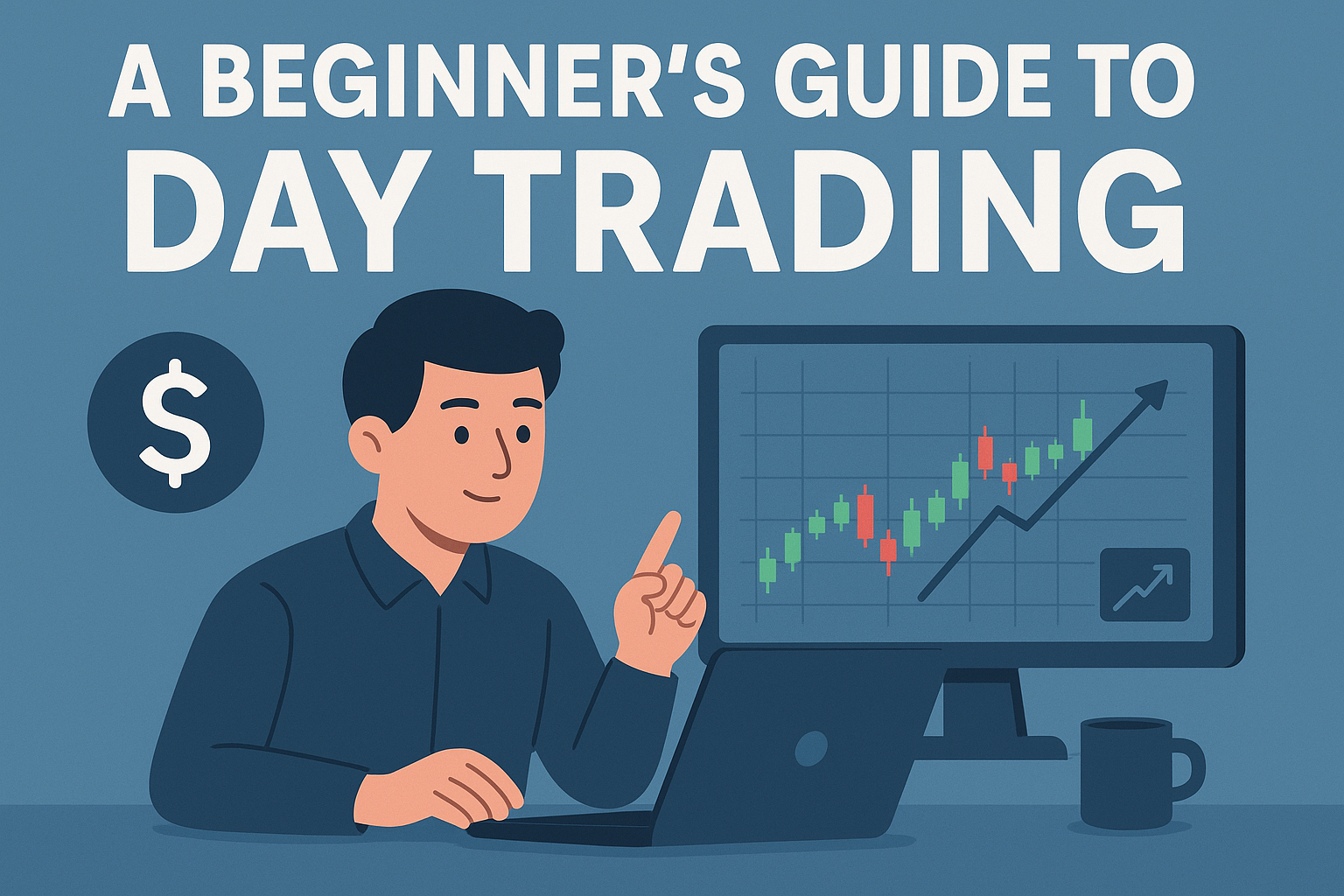When it comes to building a successful trading career, mastering reliable techniques is key. One of the most trusted and widely used tools in technical analysis is the Moving Average Strategy. Whether you’re a beginner or an experienced trader, understanding this strategy can significantly improve your decision-making and boost your trading outcomes.
At Namo Trading Academy, we empower traders with practical strategies and in-depth knowledge, and the Moving Average Strategy is a foundational technique we teach to all our students.
What Is a Moving Average?
A moving average (MA) is a key tool in technical analysis that helps traders identify market trends by averaging price data over a set time frame. By reducing the impact of unexpected price rises, it reveals the true trend of the market. Whether using a simple or exponential moving average, traders rely on MAs to spot trend shifts, plan entries and exits, and make clearer, more confident trading decisions based on consistent patterns.
Moving averages come in a variety of forms, however, the following are the most widely used:
Simple Moving Average (SMA) – The average price over a set period.
Exponential Moving Average (EMA) – Gives greater importance to current prices for quicker action.
Both types play an essential role in developing a consistent Moving Average Strategy.
Why Use the Moving Average Strategy?
The Moving Average Strategy helps traders:
Stay in profitable trades longer and identify trends early.
Determine support and resistance levels with greater accuracy.
Generate buy and sell signals based on crossover techniques.
Minimize emotional trading by relying on a rules-based system.
At Namo Trading Academy, we focus on helping students apply this strategy in real-world market scenarios, whether they trade equities, commodities, or derivatives.
Key Components of the Strategy
1. Trend Detection
The primary use of the Moving Average Strategy is to detect trends. Ideally, an uptrend is indicated when the price is above a moving average; a downtrend is suggested when it is below. Combining short-term and long-term moving averages can improve trend reliability.
Example: If the 50-day SMA crosses above the 200-day SMA, this is known as a Golden Cross, a strong bullish signal. Conversely, if it crosses below, however, if it enters below, it’s a Bearish Cross, signaling a bearish trend.
2. Entry and Exit Points
Finding entry and exit positions is one of the Moving Average Strategy’s most effective uses. The strategy is frequently applied in two ways:
Buy when a short-term MA (such as the 20-day EMA) crosses over a long-term MA (such as the 50-day EMA) and sell when the opposite happens. This is known as the crossover strategy.
Price and MA Interaction: Buy when the price breaks above a key moving average after a downtrend, and sell when it breaks below.
These signals help you enter trends early and exit before reversals.
3. Dynamic Support and Resistance
Moving averages can serve as levels of dynamic resistance and support. Traders often observe how the price reacts around these levels to gauge market strength. For example, during an uptrend, prices might repeatedly bounce off the 50-day SMA, confirming it as a support zone.
Understanding this behavior enhances the effectiveness of the Moving Average Strategy, especially in volatile markets.
Common Mistakes to Avoid
While the Moving Average Strategy is powerful, traders must avoid common mistakes:
Using only one time frame: It’s essential to analyze multiple time frames to confirm trends.
Ignoring market context: MAs work best in trending markets and may give false signals in sideways or choppy conditions.
Over-relying on lagging indicators: MAs are inherently lagging; always combine them with other tools like volume or RSI for better confirmation.
At Namo Trading Academy, we teach students how to combine moving averages with other indicators and chart patterns for high-probability setups.
Real-World Application: A Case Study
Let’s look at a real-world example using the Moving Average Strategy on a stock like Reliance Industries.
Imagine the stock has been consolidating, and suddenly the 20-day EMA crosses above the 50-day EMA on strong volume. According to the Moving Average Strategy, this is a bullish crossover, suggesting a new uptrend may be starting.
A trader trained at Namo Trading Academy would enter a long position here, placing a stop-loss just below the 50-day EMA. As the price continues to rise, they may use a trailing stop or the 20-day EMA as a dynamic exit indicator.
This method not only simplifies decision-making but also helps maintain discipline, a key to long-term success in trading.
Moving Averages for Different Trading Styles
The beauty of the Moving Average Strategy lies in its flexibility. It can be adapted to fit different trading styles:
Intraday Traders use 5, 9, and 15-minute EMAs for quick signals.
Swing Traders rely on 20, 50, and 100-day moving averages to capture multi-day trends.
Long-term investors look at 100 and 200-day SMAs to hold positions over weeks or months.
Our curriculum at Namo Trading Academy is designed to help traders customize the Moving Average Strategy based on their preferred style and risk management
Why Learn from Namo Trading Academy?
At Namo Trading Academy, we don’t just teach theory — we guide you through live market applications, hands-on exercises, and personalized feedback.
Here’s what makes our training unique:
Experienced Mentors: Learn directly from seasoned market professionals.
Live Market Practice: Implement strategies in real-time.
Flexible Schedules: Attend classes online or offline, Monday to Friday.
Supportive Community: Join a group of like-minded traders committed to growth.
By the end of our course, you’ll not only understand the Moving Average Strategy but also know how to apply it consistently across different asset classes.
Final Thoughts
The Moving Average Strategy is one of the most effective tools for identifying trends, timing entries and exits, and building a structured trading plan. Its simplicity, adaptability, and proven results make it a must-learn for every serious trader.
If you’re ready to take your trading to the next level, join us at Namo Trading Academy and master the Moving Average Strategy with expert guidance and real-world practice.
Ready to Start?
Enroll now at Namo Trading Academy and transform the way you trade!



